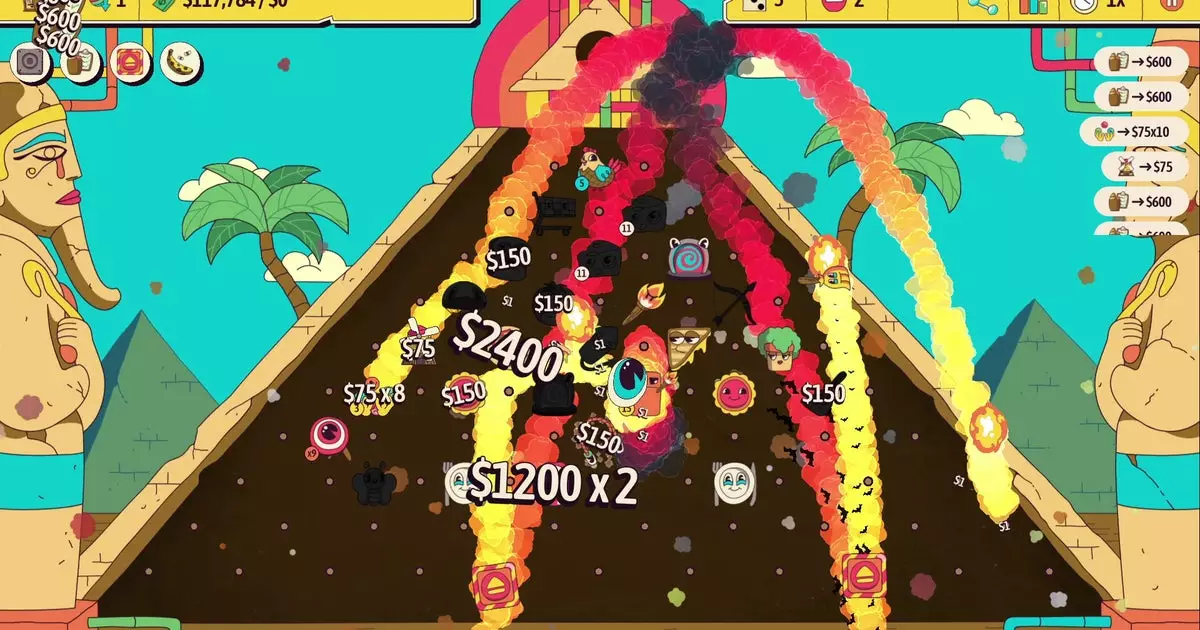Releasing a video game is often a complex decision influenced by various factors, such as market saturation, competition, and seasonal trends. Ballionaire’s launch date, set for December 10th, seems to confidently walk a tightrope between competitive advantage and market challenges. This timing, coinciding with the holiday shopping season and major gaming events, reflects a strategic choice that could propel its visibility. However, the temptation to ride on the coattails of larger blockbusters comes with its own set of risks, such as diminished attention from potential players who might be preoccupied with other title releases or year-end festivities.
A Fresh Take on Pachinko Mechanics
Never before has a game dared to marry the fast-paced randomness of pachinko with roguelike mechanics quite like Ballionaire. At first glance, the term “pachinko-inspired” may lead gamers to conjure images of the established gameplay of peg-falling mechanics seen in titles like Peglin. However, Ballionaire defies these conventions, allowing players not merely to observe but to engage interactively by designing the very boards their balls descend upon. This innovative twist transforms the player’s role from passive participant to active creator, enhancing gameplay with a layer of strategic depth that encourages thoughtful design.
The game’s design is enriched by a range of pegs introduced to the player, each with its unique properties. For example, the axes that dissect the trajectory of the ball, causing it to split and continue tumbling, inject unpredictability into the experience. Teleporters create dynamic opportunities that challenge players to think ahead, allowing for rich interactions in real time. Such elements not only extend the gameplay but also deepen the overall experience as players aim to optimize their cash collection strategies.
Ballionaire is more than just directing a single ball down a board; it incorporates a roguelike framework that ensures every playthrough is distinct. With various boards to explore and between-board upgrades that further enhance replayability, players are incentivized to engage with the game regularly. The inclusion of a sandbox mode offers a delightful outlet for fans seeking a relaxed gameplay experience away from competitive pressures, while mod support opens up a gateway for community-driven content creation—establishing a vibrant ecosystem around the game.
Although the demo of Ballionaire is no longer available, the initial impressions during the October Next Fest were overwhelmingly positive. Brendy’s enthusiasm for what he experienced underscores the potential success of the title. As the full release approaches, anticipation builds not only for the game itself but also for the endless possibilities it offers for user-created gameplay variations. Amid a crowded market, Ballionaire stands poised to carve its niche, inviting gamers to disrupt the expected norms and explore new dimensions of creativity and strategy. The excitement surrounding its release serves as a telling indicator of the game’s promise to deliver a refreshingly unique experience.

